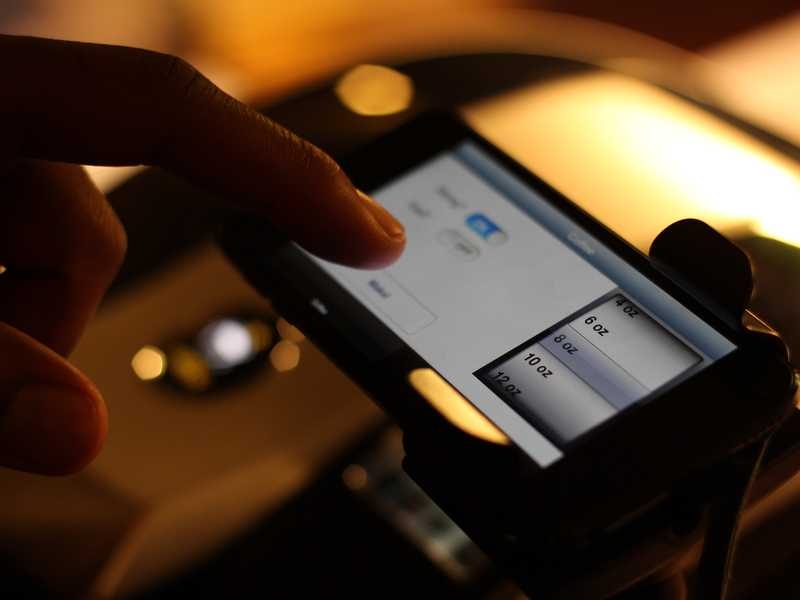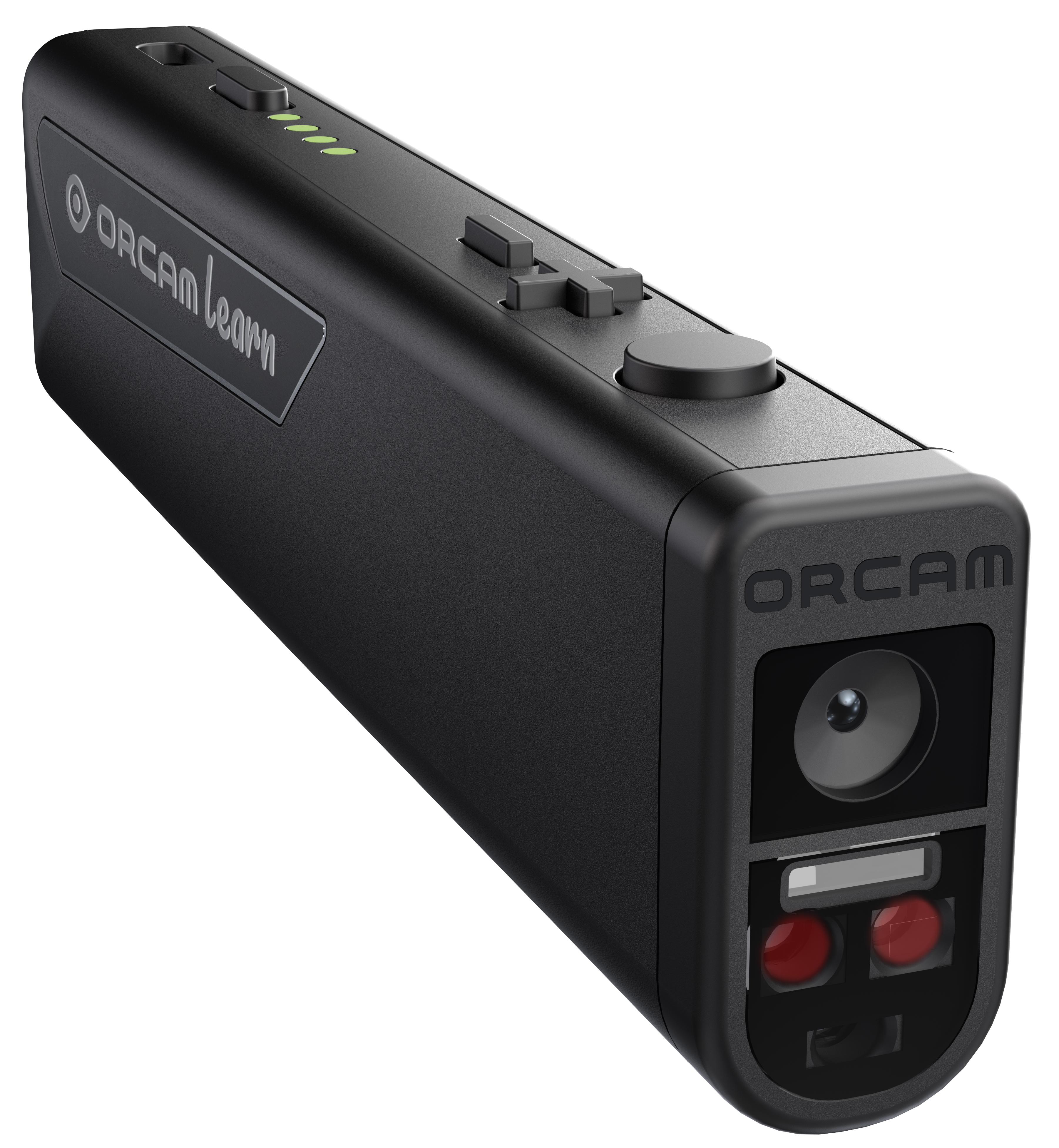Smart Glasses for the Visually Impaired: Advances in Vision Support
Smart Glasses for the Visually Impaired: Advances in Vision Support
Blog Article
Discover Ingenious Tools Made for the Visually Damaged
The advancement of cutting-edge tools for the visually impaired represents a substantial innovation in access and freedom. Technologies such as clever glasses with AI capacities and mobile applications designed to give acoustic descriptions are improving daily experiences for users. Furthermore, wearable tools that employ haptic responses improve ecological understanding, while modern Braille developments provide brand-new ways to engage with text. As these devices proceed to evolve, their effect on the lives of those with visual problems elevates vital inquiries concerning the future of inclusivity and freedom in numerous aspects of life. What exists ahead in this technological landscape?
Smart Glasses for Navigating

Smart glasses developed for navigating are revolutionizing the means visually damaged individuals communicate with their setting. These sophisticated devices make use of a mix of camera technology, synthetic knowledge, and auditory responses to provide real-time information about environments. By utilizing challenge detection systems, clever glasses can notify individuals to possible risks, making it possible for more secure mobility in both strange and acquainted settings.
The combination of GPS innovation even more boosts navigation abilities, enabling users to obtain auditory directions as they relocate. This hands-free strategy not just fosters freedom yet likewise empowers aesthetically impaired people to browse city landscapes with raised self-confidence. Furthermore, several smart glasses are geared up with features that determine landmarks and road indications, providing contextual information that improves the customer experience.
Additionally, the development of these gadgets is constantly progressing, with firms working to enhance the accuracy of things acknowledgment and increase the array of navigational functions. As smart glasses come to be much more economical and accessible, they hold the potential to dramatically change everyday life for aesthetically impaired users. Inevitably, these innovative tools represent an essential step toward inclusivity, offering enhanced flexibility and a better feeling of freedom for people browsing the world around them.

Mobile Apps for Daily Living
Exactly how can mobile applications boost the every day lives of aesthetically impaired individuals? Mobile applications are changing the method aesthetically damaged customers navigate their environments, take care of everyday tasks, and gain access to details. These applications provide essential support with different capabilities, promoting freedom and improving lifestyle.
A number of innovative mobile apps are created especially for day-to-day living. Apps like Be My Eyes attach aesthetically impaired customers with sighted volunteers using video clip telephone calls, enabling them to receive real-time assistance with jobs such as checking out tags or browsing unfamiliar areas. Seeing AI, developed by Microsoft, uses synthetic knowledge to describe surroundings, checked out text, and identify objects, effectively transforming a smart device into a powerful device for day-to-day help.
Additionally, navigation applications tailored for the aesthetically damaged, such as Aira and BlindSquare, provide audio-based directions and ecological details, enabling customers to traverse their environments securely and confidently. Beyond navigating and prompt aid, mobile apps additionally support organization and job management, with functions that assist customers establish reminders, create to-do checklists, and track visits. In summary, mobile applications act as vital sources, equipping aesthetically damaged individuals to lead even more independent and fulfilling lives.
Wearable Technologies for Assistance
Empowerment with innovation is significantly evident in the realm of wearable gadgets made to assist visually impaired people. These ingenious devices integrate effortlessly right into daily life, improving navigation and supplying vital feedback to individuals. Clever glasses furnished with electronic cameras can recognize faces and review message aloud, enabling users to engage even more confidently in social and specialist setups.
One more significant improvement is the use of haptic responses systems in wearable gadgets. These systems make use of resonances or other responsive signals to convey details concerning the individual's environment, such as challenges or modifications in surface, enhancing movement and safety. Wearable modern technologies additionally include wristbands that link to mobile phones, alerting users to notices through subtle vibrations, thus enhancing connection without reliance on visual signs.
As these technologies proceed to progress, they are not just boosting independence for visually impaired people however additionally promoting a higher sense of addition in society. By bridging the gap between obstacles encountered in day-to-day living and the capacity for autonomy, wearable modern technologies offer as pivotal tools in the quest for new prescription glasses equal rights and empowerment for those with visual disabilities.
Audio Description Tools
Audio summary devices play a vital role in enhancing availability for visually impaired people, offering them with the capacity to engage with visual media. Wearable technology for low vision. These devices offer narrated summaries of key visual elements in films, tv shows, and live performances, guaranteeing that customers can totally understand the context and emotions shared with visuals
Sound description can be incorporated right my latest blog post into different platforms, consisting of streaming services, movie theater screenings, and live cinema. Numerous preferred streaming services now include audio summary as an ease of access feature, permitting customers to select it conveniently. Along with mainstream media, specialized applications also exist, offering audio descriptions for art exhibits, museums, and various other social events.
The performance of audio description pivots on the ability of the narrators, that need to share visual information succinctly without interfering with the initial sound. Innovations in this area are also leading the way for more personalized experiences, where customers can readjust the degree of detail and pacing according to their choices.
Braille Innovations and Instruments
Braille developments and tools have considerably changed the way aesthetically impaired people engage with text and information. Modern developments have led to the growth of flexible devices that improve literacy and self-reliance among individuals.
Furthermore, portable Braille notetakers integrate traditional Braille input with modern performances, promoting note-taking, scheduling, and record editing on the move. Smart glasses for the visually impaired. These portable tools usually feature text-to-speech capabilities, connecting the void between Braille and acoustic details
Furthermore, innovative Braille printers have actually emerged, permitting customers to produce Braille labels, records, and instructional products efficiently. This ease of access cultivates better engagement in specialist and academic environments, ultimately promoting inclusivity.
Additionally, research study into clever Braille innovations remains to broaden. Gadgets that integrate artificial intelligence are being discovered to give real-time navigating help and contextual info, improving the user experience in varied setups. Overall, these developments show a dedication to encouraging visually damaged individuals through modern technology, ensuring they can quickly accessibility and engage with the globe around them.

Verdict
The development of innovative devices for the aesthetically damaged significantly enhances independence and quality of life. Smart glasses, mobile applications, wearable innovations, audio description devices, and Braille advancements collectively encourage individuals by giving important navigation help, ecological awareness, and improved reading experiences. These innovations not only foster greater inclusion but also advertise freedom in daily activities, ultimately adding to a more easily accessible and fair society for aesthetically impaired people. Proceeded advancement in this area holds promise for more improvements.
As smart glasses come to be much more accessible and budget-friendly, they hold the possible to considerably transform everyday life for visually damaged users. Mobile apps are reinventing the method aesthetically impaired individuals navigate their atmospheres, handle daily tasks, and access details. Applications like Be My Eyes attach visually damaged customers with sighted volunteers via video clip calls, enabling them to receive real-time assistance with tasks such as checking out labels or browsing unknown rooms.Furthermore, navigating applications customized for the aesthetically impaired, try here such as Aira and BlindSquare, provide audio-based instructions and environmental info, allowing customers to traverse their environments securely and confidently.The advancement of cutting-edge devices for the aesthetically impaired considerably boosts freedom and top quality of life.
Report this page